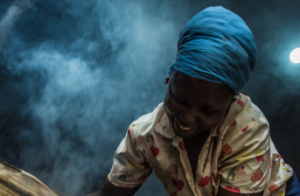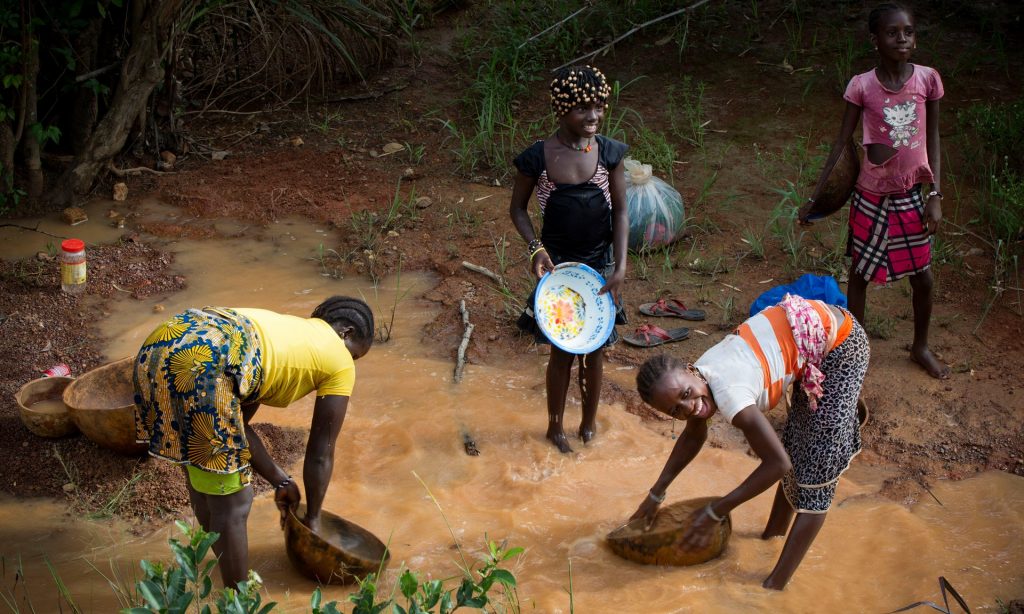Rural women, the majority of whom depend on natural resources and agriculture for their livelihoods, make up over a quarter of the total world population.

In developing countries, rural women represent approximately 43 per cent of the agricultural labour force, and produce, process and prepare much of the food available, thereby giving them primary responsibility for food security.
Bearing in mind that 76 per cent of the extreme poor live in rural areas, ensuring rural women’s access to productive agricultural resources contributes to decreasing world hunger and poverty, and make rural women critical for the success of the new Sustainable Development agenda for 2030.
The first International Day of Rural Women was observed on 15 October 2008. This new international day, established by the General Assembly in its resolution 62/136 of 18 December 2007, recognizes “the critical role and contribution of rural women, including indigenous women, in enhancing agricultural and rural development, improving food security and eradicating rural poverty.”
Rural women make up nearly half the agricultural labour force around the world. They grow, process and prepare much of our food. They are the backbone of rural communities, and in many households they have the key responsibility for food security, education opportunities and healthcare.
But the effects of climate change and environmental degradation are forcing many rural women to migrate, increasing instability for their families and communities and creating an obstacle to development and growth.
Natural disasters, together with recurrent slow-onset crises like drought, affect rural women disproportionately, adding to the challenges they already face in accessing food, healthcare, education and information.
Many rural women move in order to find more productive land and improve their lives and those of their families. But migration can increase their isolation and marginalization. Others are left behind when male family members leave to seek opportunities elsewhere. Both groups need the support of the international community, as an integral part of the debates around migration and development.
Simple changes in policy can benefit rural women and help them to cope with the effects of the changing climate. For example, regulating remittances and reducing transaction costs can empower rural women economically, so that they can build the resilience of their families and communities. Training and access to information on climate-resilient agriculture and technology can make a critical difference. But too often, these are considered to be men’s issues and women are excluded from benefitting.
As we consider how we can better respond to the movements of refugees and migrants, I call upon everyone to take the special needs and concerns of rural women into account.
The 2030 Agenda for Sustainable Development promises to leave no one behind. To deliver on that, we must help rural women to thrive, and to access the support and information they need, so that they can fulfil their potential without leaving their communities.

